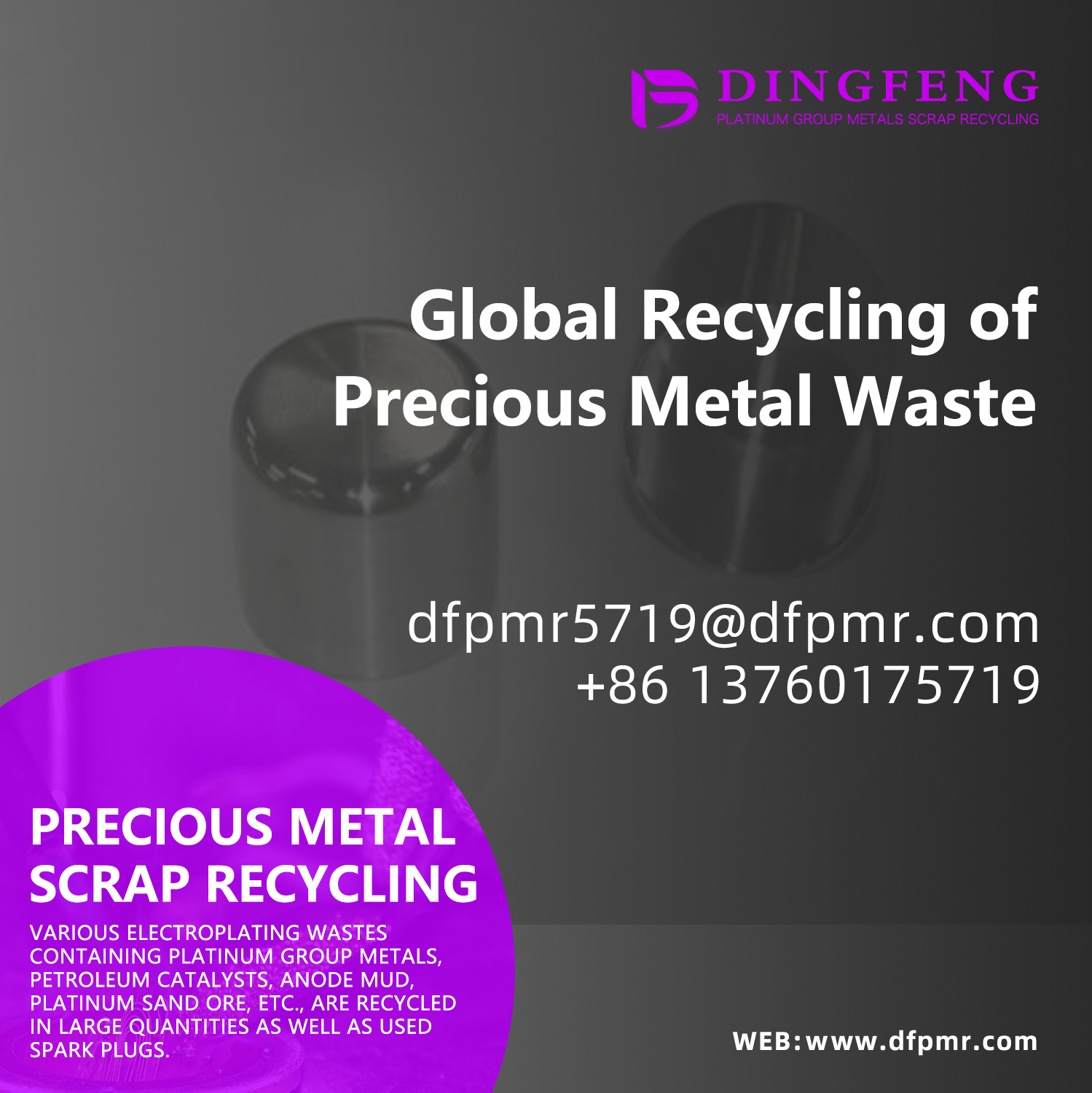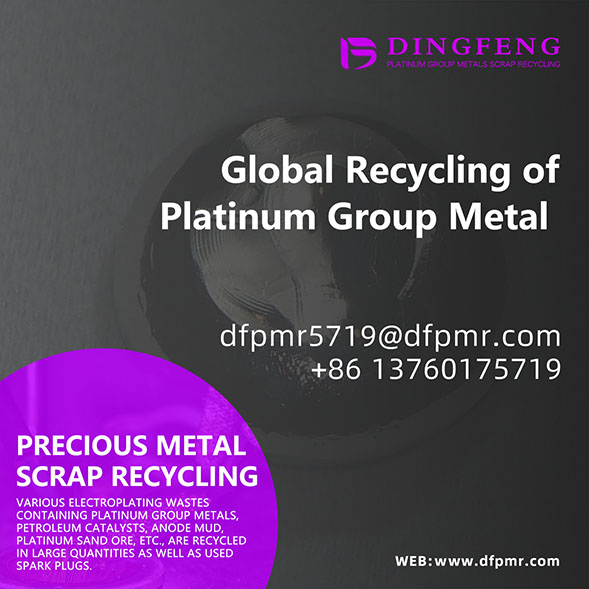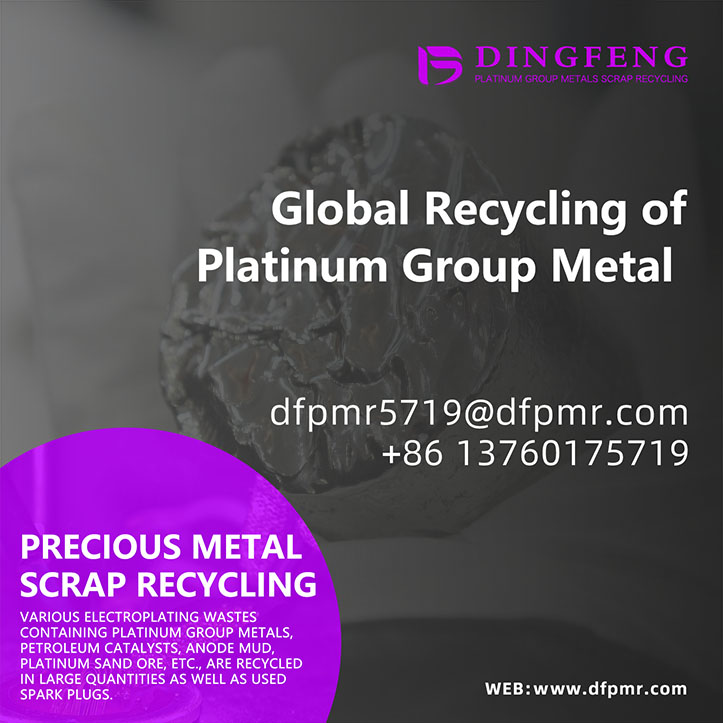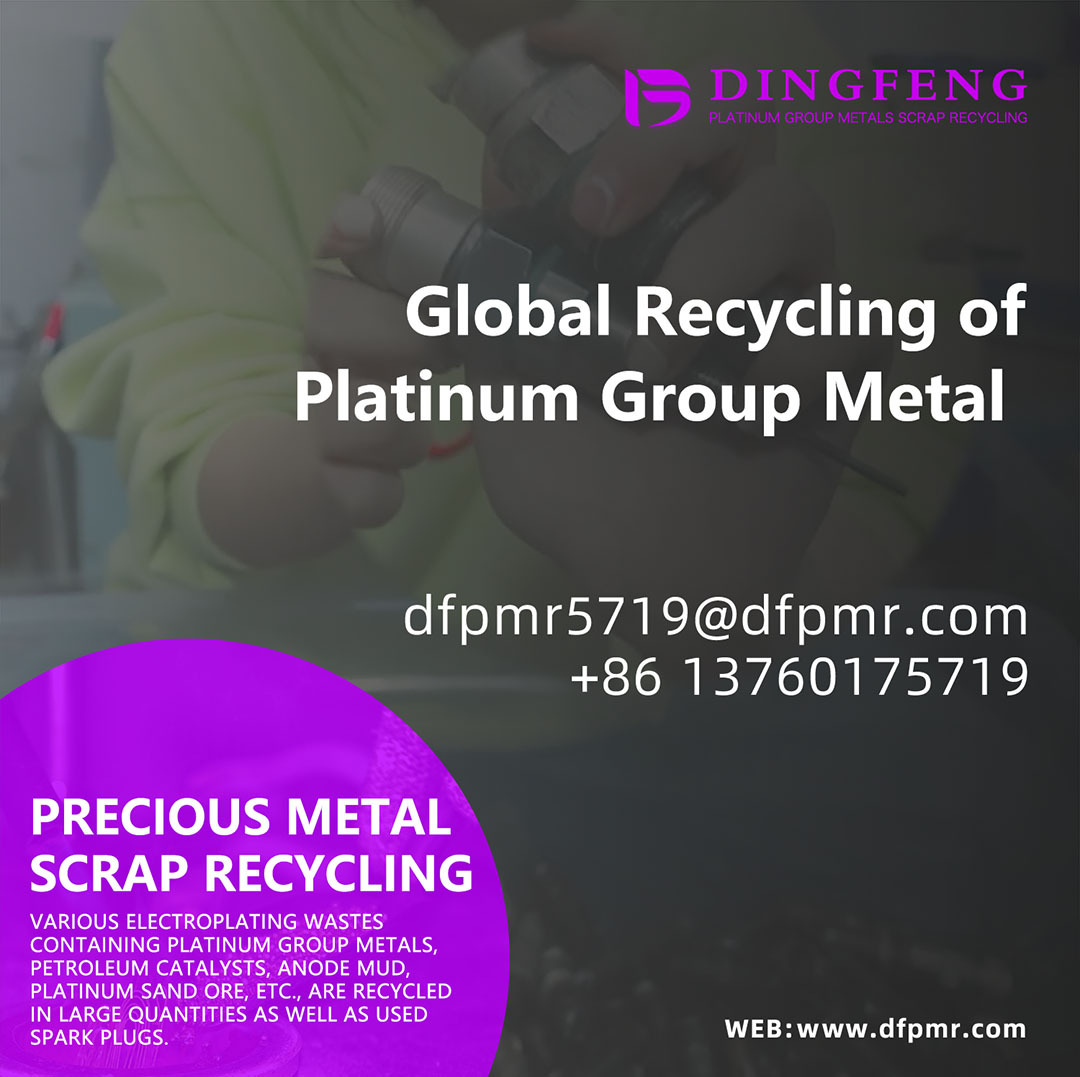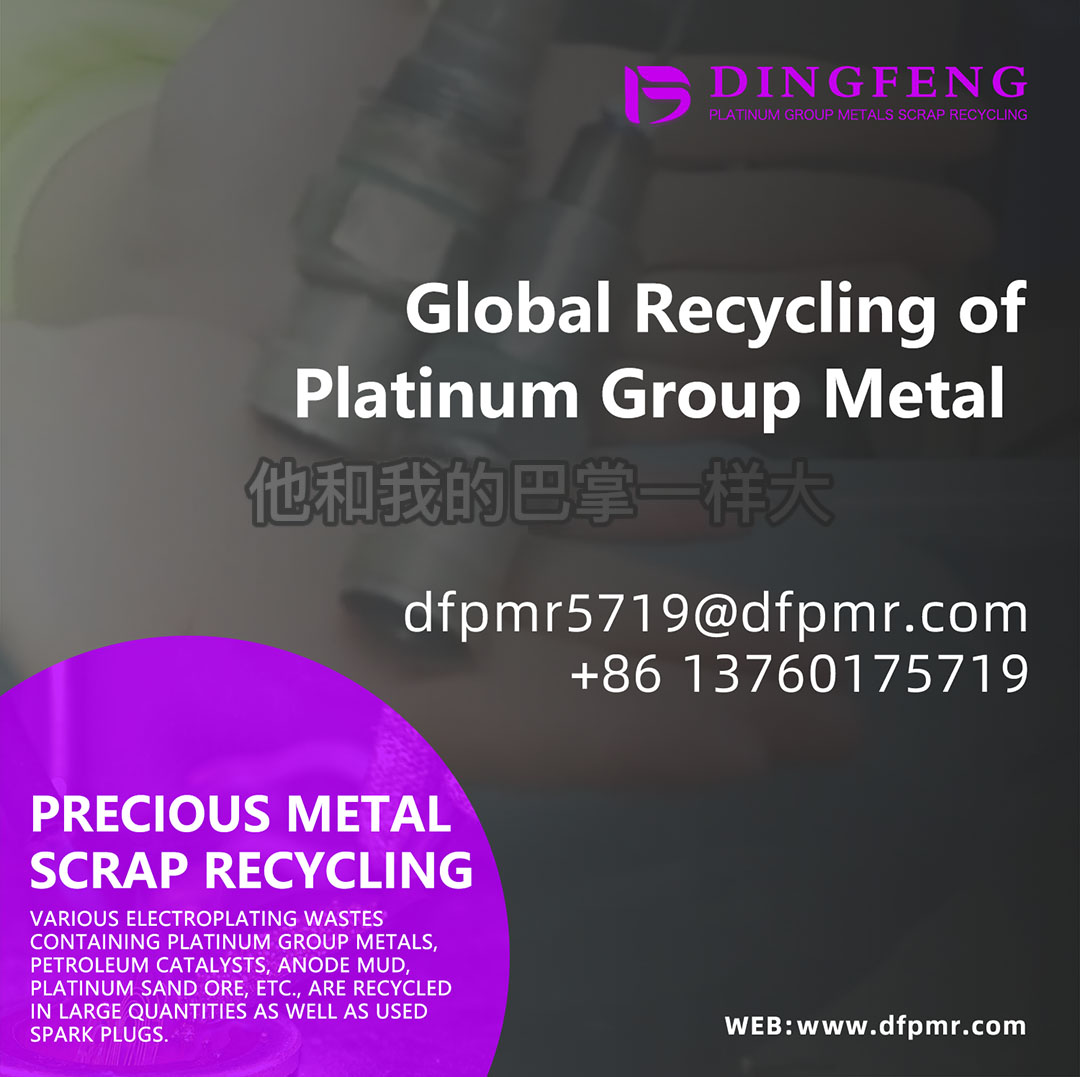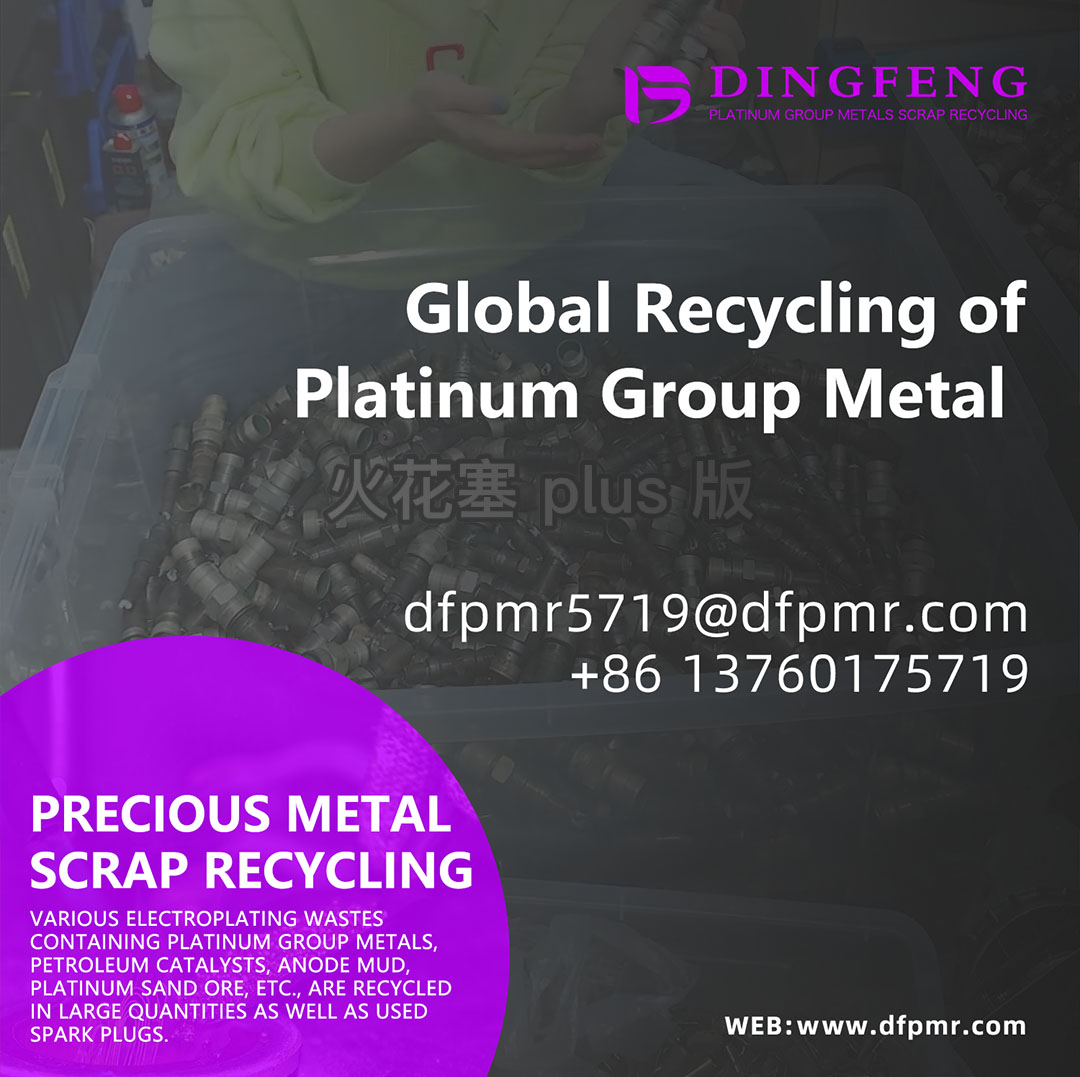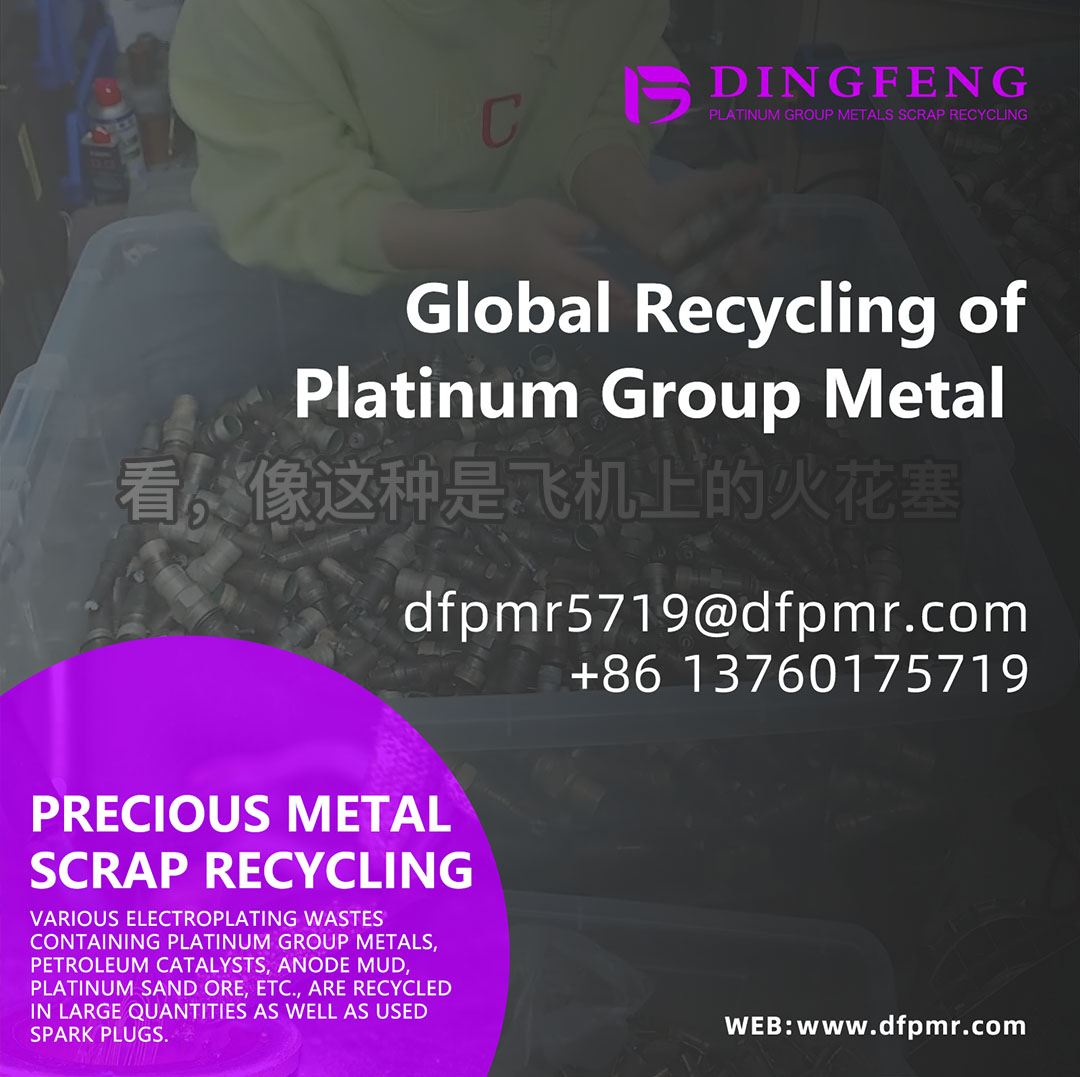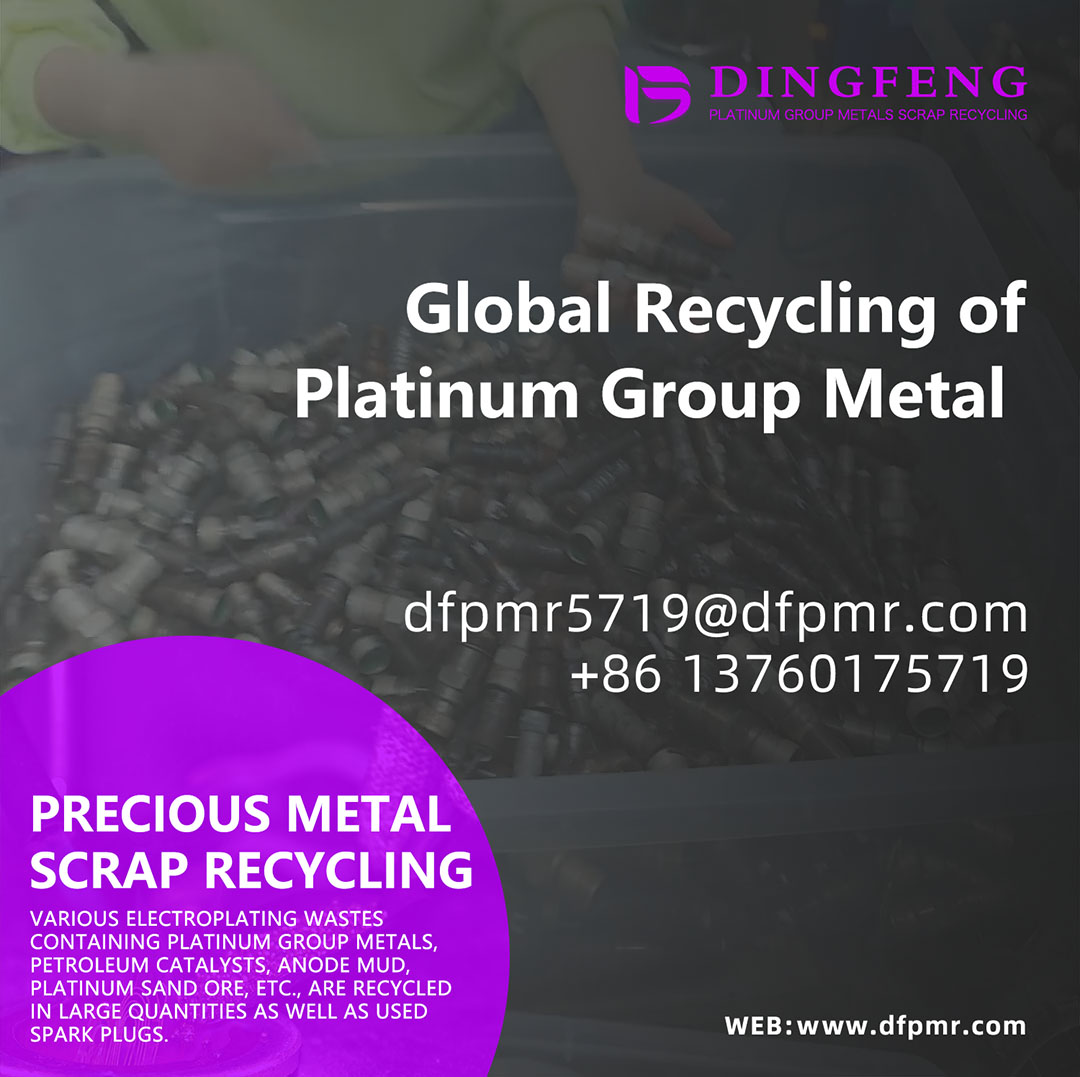Recycling of waste silver slurry_ Types and uses of silver paste
Silver slurry classification:Silver slurry can be classified in several ways. The most common categories are based on their particle size, type of binder, flux content, and conductivity. Particle size
Silver slurry classification:
Silver slurry can be classified in several ways. The most common categories are based on their particle size, type of binder, flux content, and conductivity. Particle size: The particle size of silver slurry varies from very small to coarse. Fine silver slurry is typically used for applications that require high conductivity, while thicker silver slurry is typically used for thermal applications. Binder type: Silver slurry can be made with different types of binders, including organic, inorganic, and mixed binders. Organic binders are typically used for applications that require higher temperature resistance, while inorganic binders are more suitable for applications that require lower temperatures. A mixed binder is a mixture of organic and inorganic binders used in applications that require both high and low temperature resistance. Flux content: Silver slurry can also be classified based on its flux content, ranging from zero to high. High flux silver slurry is typically used for applications that require higher welding temperatures, while low flux silver slurry is used for applications that require lower temperatures. Conductivity: Silver paste can also be classified based on its conductivity, which can vary from low to high. High conductivity silver paste is usually used for applications that require high conductivity, while low conductivity silver paste is usually used for applications that do not require high conductivity.
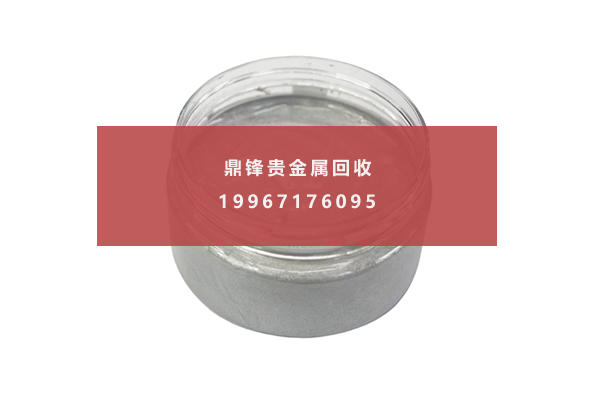
The purpose of silver slurry:
Silver slurry has been used in various applications of electronic products and is an important component of many products. Silver slurry is a type of hot paste or adhesive, usually composed of silver particles suspended in a polymer or ceramic matrix. It is used to create electrical connections between two or more components in electronic components. Silver slurry is an excellent choice for many applications due to its excellent conductivity and high-temperature resistance. In some applications, it is often used as a substitute for solder because it can be applied using various methods and will provide reliable electrical connections.
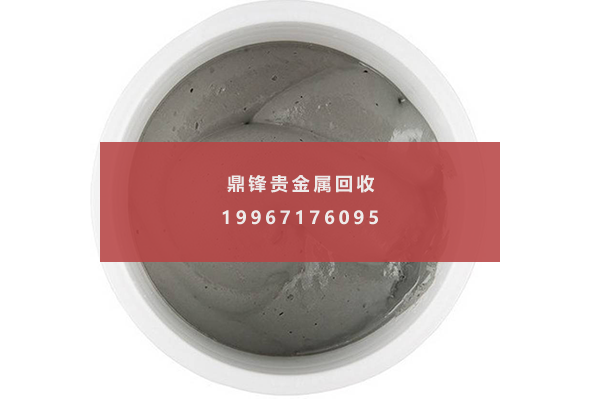
The most common use of silver paste is in the manufacturing of printed circuit boards (PCBs). It is used to establish electrical connections between components on a circuit board. Apply the paste to an appropriate area on the circuit board, and then heat it to a temperature that allows the silver particles to fuse together, forming a strong connection. This process is called reflow soldering and is used in the production of many electronic devices. This slurry can also be used to connect components to printed circuit boards, such as chips and resistors. Silver paste is usually more popular than traditional welding techniques because it is easier to apply and provides more reliable connections. It is also not easily damaged by heat and vibration, making it very suitable for use in harsh environments. Silver paste is also used for assembling surface mount components such as capacitors, transistors, and diodes. In this process, the paste is applied to the surface of the component and then heated to bond the silver particles with the component. This provides a powerful connection that can resist high temperatures, vibrations, and other environmental factors. In addition to being used for electronic assembly, silver slurry is also used in other industries such as automobiles and aerospace. It is typically used to bond metals together, providing a strong connection that is resistant to corrosion and mechanical stress. Silver slurry is an important component of many electronic components and has wide applications in other industries. Its excellent conductivity and high-temperature resistance make it an ideal choice for many manufacturing processes.
&Quot; Dingfeng Precious Metals Recycling includes precious metals such as gold, silver, palladium, rhodium, platinum, germanium, iridium, ruthenium, etc. This is our business in precious metal recycling. If you have precious metals such as gold, silver, palladium, rhodium, platinum, germanium, iridium, ruthenium that need to be recycled, please contact us and we will provide you with a satisfactory price& Quot;



